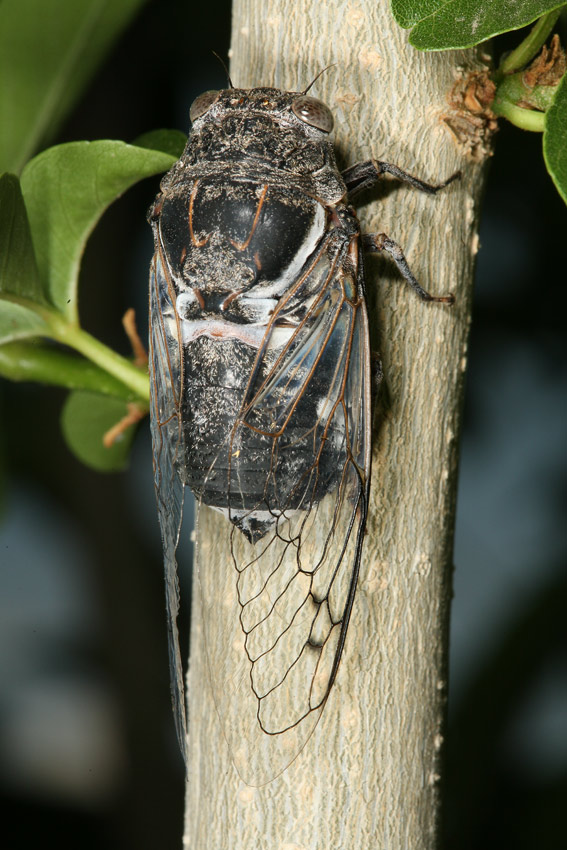skip to main |
skip to sidebar
10. Alligator
 Technically, crocodiles do not have vocal chords, but one thing is surprising is that this does not prevent them from making a racket. Alligator hiss, grunt, cough, growl, and, the most famous, under the water, giving rise to the voice coil infrasonic small water surface, making it vibrate or "dance." Although the resulting frequency is too low for humans to hear, but the voice can achieve long distance to reach a potential partner.
Technically, crocodiles do not have vocal chords, but one thing is surprising is that this does not prevent them from making a racket. Alligator hiss, grunt, cough, growl, and, the most famous, under the water, giving rise to the voice coil infrasonic small water surface, making it vibrate or "dance." Although the resulting frequency is too low for humans to hear, but the voice can achieve long distance to reach a potential partner.
9. KAKAPO
This large kiwi birds are native animals of New Zealand and worked really hard on kimpoi season. Kakapos male will create a sort of amphitheater in their own environment. Finally, Kakapo be cleared throat, expanding the air sacs in the chest, then release the high resonate voice can be heard up to three miles away! It continues the ritual every night for four months, pumping out up to 10,000 calls.
8. WOLF
If you go camping in the wilderness of Minnesota and you are disturbed by the cry of the wolf, do not panic, though it may sound terrible, the wolf may be 10 miles away. A howling wolf is able to identify one another from a distance just to call their own. When they are doing choirs, it is intended to enable the predators can not guess how many wolves they will face? Is one or even 100?
7. HOWLER Monkey
The secret behind the strident voice is a pouch at the throat of monkeys, which contains a special pouch on the voice box, which amplifies the calls to scare other people from the territory and away from valuable fruit trees. Well, that monkeys really love fruit trees!
6. ELEPHANT
 It makes sense that the largest land animal in the world not only weighs a ton, but he makes a ton voice as well. Elephants use more than 25 different calls. The stem acts as a sort of space resonate, speakers explode out of the large lungs. Elephants are able to communicate remotely with the help Infrasonik - low frequency, sub-sonic rumbling which can actually be felt by sensitive skin on the feet and baggage elephants. There is a chance to go to tuning one another.
It makes sense that the largest land animal in the world not only weighs a ton, but he makes a ton voice as well. Elephants use more than 25 different calls. The stem acts as a sort of space resonate, speakers explode out of the large lungs. Elephants are able to communicate remotely with the help Infrasonik - low frequency, sub-sonic rumbling which can actually be felt by sensitive skin on the feet and baggage elephants. There is a chance to go to tuning one another.
5. CICADA
The cricket may be only 1 or 2 inches, but the "song" that can hit 120 decibels, it is easily the toughest insects in the world. This bug pile of tickets eligible to disrupt peace, which comes as a result of hard squeezing noisemakers, called timbals, located in the abdominal base. No cymbals, timbals - and they are super-fast contract created sit-ups in a voice that reminds us of the saw at full speed. Noise does have a meaning: it is perkimpoian male calls, and more than 250 types of play cricket each their own. So, if you're looking for the perfect ditty for download to MP3 player, here are 250 ideas!
4. BAT
When screaming bats last head, not only do their best Naomi Campbell impersonation, but also involves the internal GPS system. Acts as a high-pitched voice bat sonar to help find the way in the dark, and it makes for a pretty good map. Sonarnya so accurate, bats can distinguish between things that are only separated as far as the width of human hair, regardless of the lighting. Note to self: never play "Pin the Tail on the Donkey" with the bat.
3. Herring
Yes, herring gas emitting from their ass to talk to each other and to scare predators, but at frequencies too low for anyone who has ever heard. If it sounds to us, it would sound like jet liftoff - a bit hard to pretend like that only your shoes, yes?
2. Whale
Pope can shout across the ocean - literally. Well, at least to the blue whale, the sneeze that could be heard on the other side of the world. The humpback won "Most Chatty," with songs take up to half an hour and carry more than 100 miles away. Even sperm whales use sound to hunt in the dark depths of the sea, dive and navigate like bats with sonar signals that can be shot with the power to cripple gun squid. That's some electric current gun!
1. PISTOL Shrimp
A smash of glass shrimp with snap would only qualify No. 1 in the list "Loudmouths". Found in tropical reefs around the world, equipped with a pistol shrimp, well, a gun, in the form of a large claw shoots out water spray. The river moves with such speed to create air bubbles. After this little shell implodes, the packets hit, creating a shock wave of large whales is harder than the calls that can kill fish and other shrimp to 6 meters away. Snap the sonic also emit small flashes of light, the second causes the temperature in the bubble inflated more than 8500 degrees Fahrenheit - which is one of the hot stove you do not want to touch!











0 comments:
Post a Comment